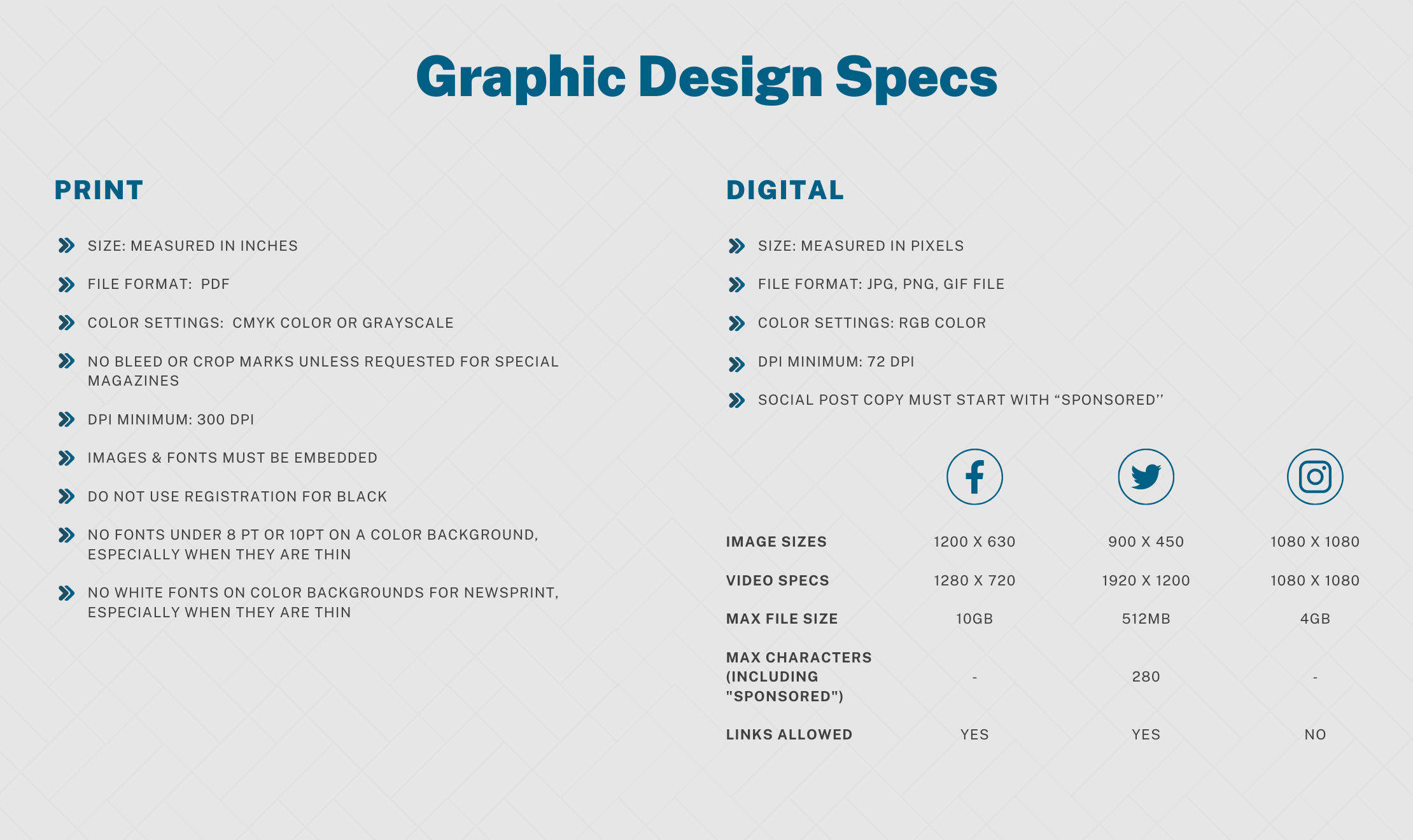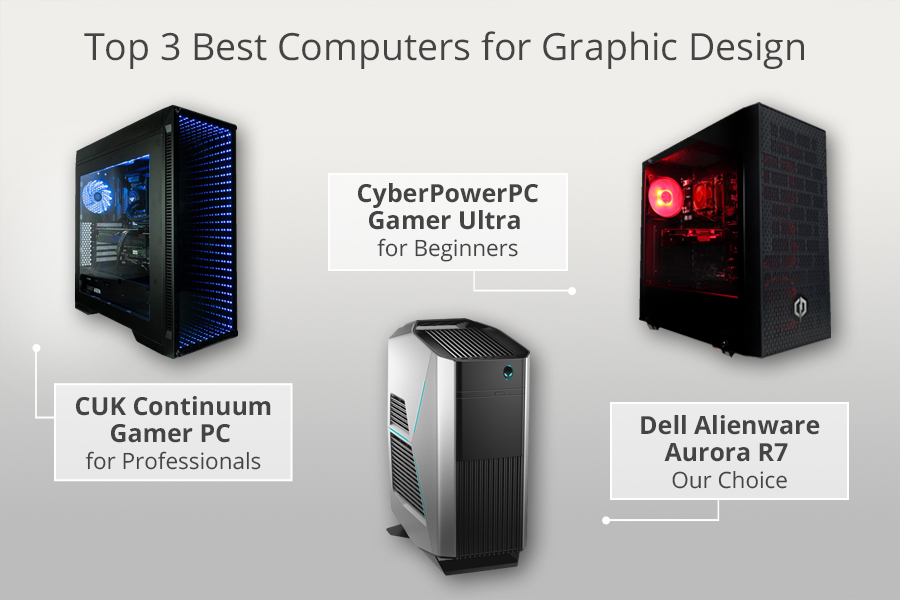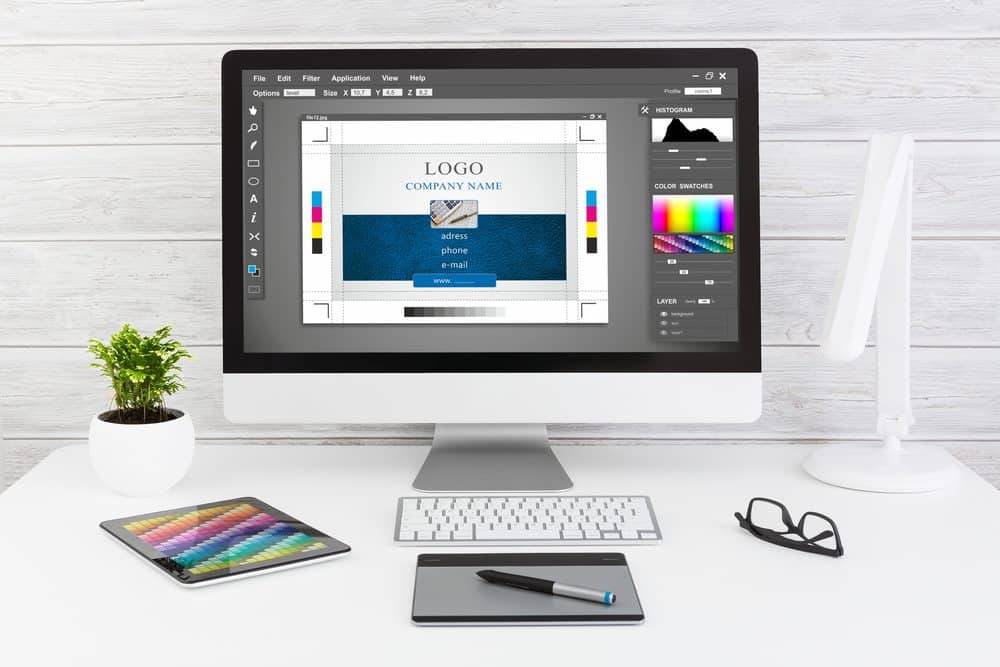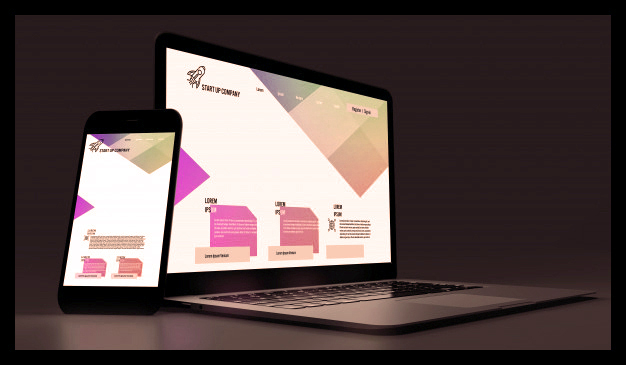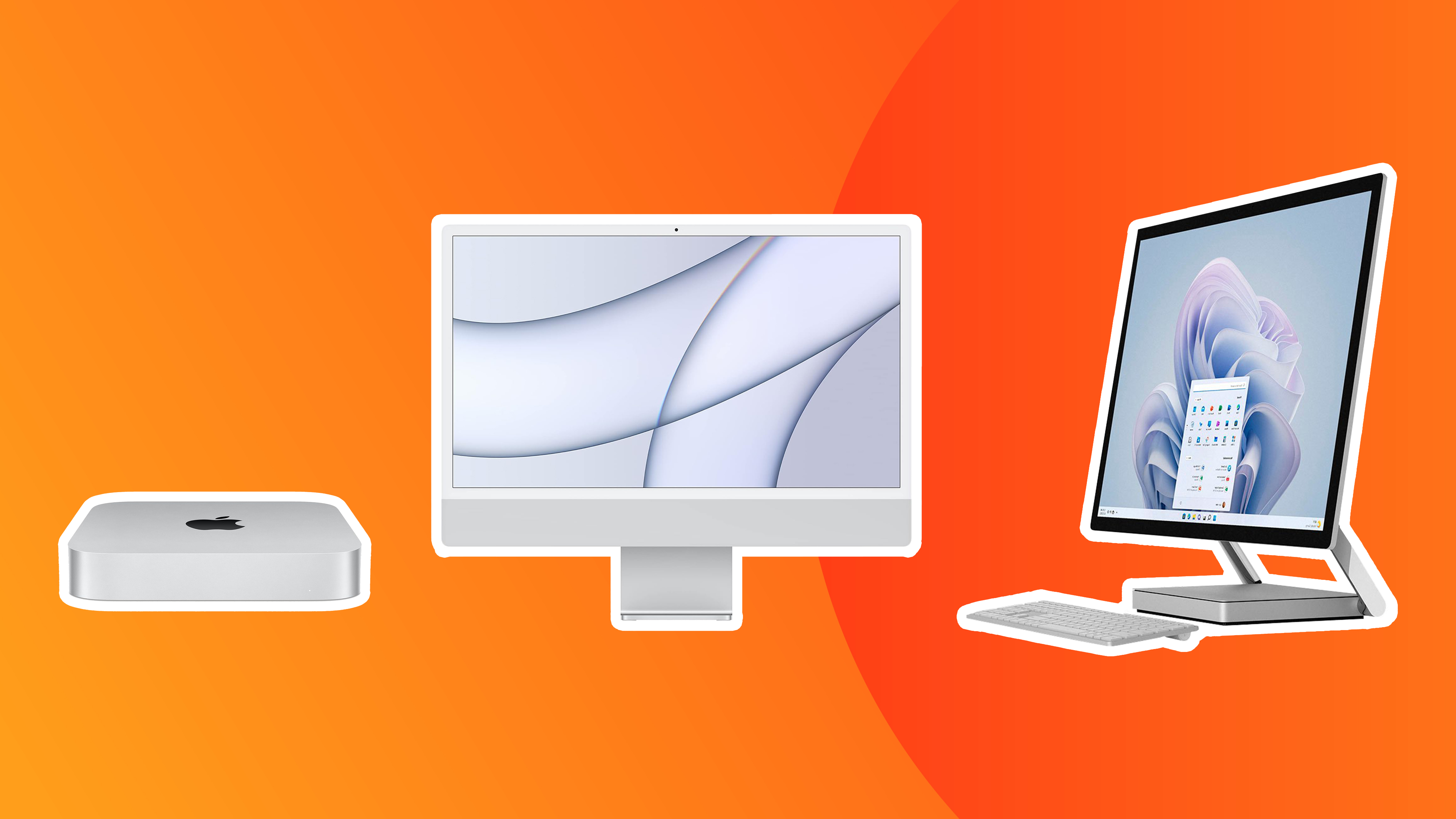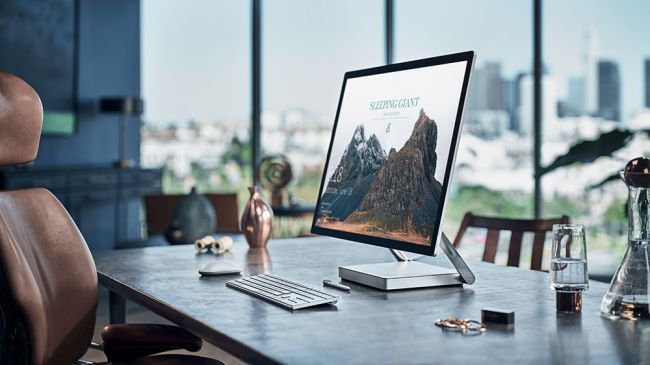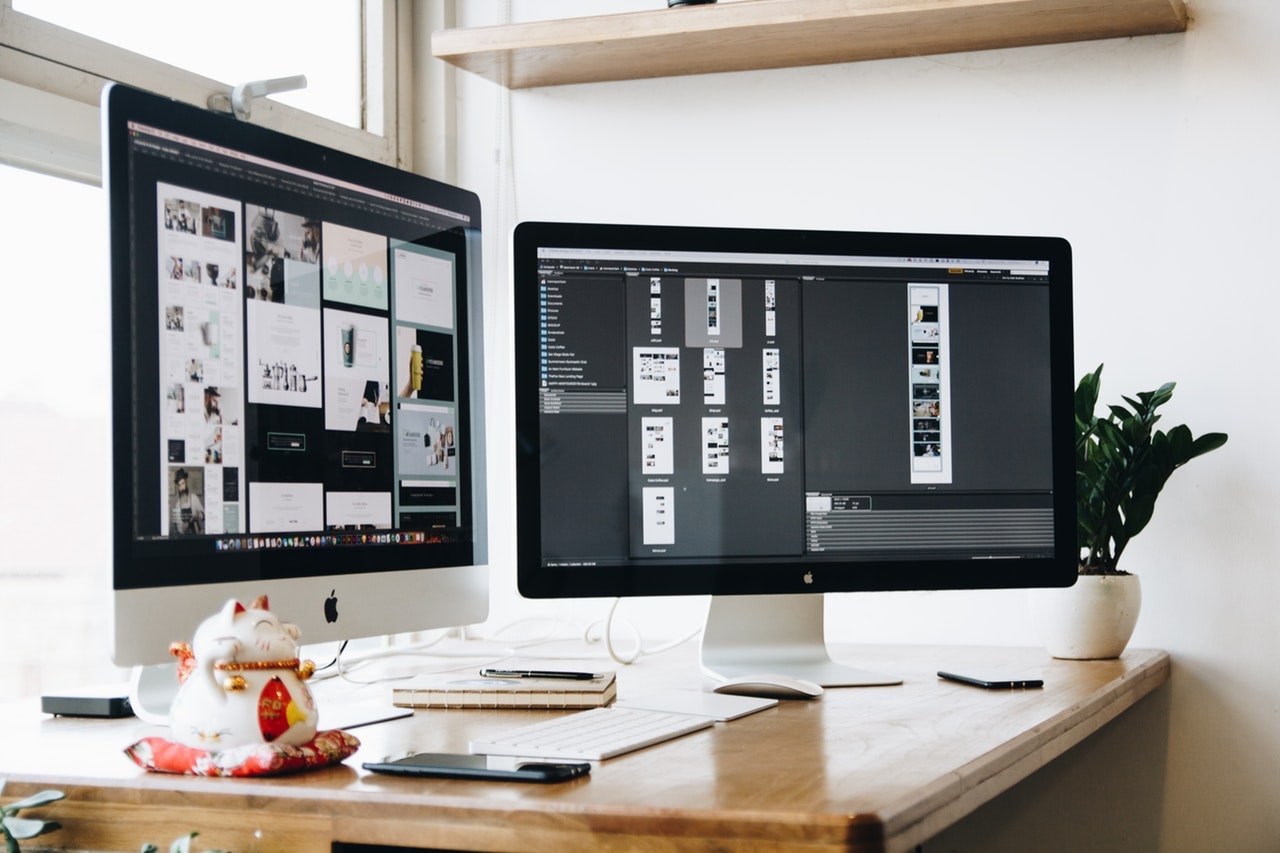Graphic Design Desktop Specs

For graphic designers, the right desktop isn't just a tool; it's the foundation of their creativity and productivity. A sluggish machine can choke inspiration and bleed billable hours.
This guide is for value-conscious graphic designers – freelancers, studio artists, and students – seeking the optimal balance between performance and affordability. We'll cut through the marketing jargon and focus on the specifications that truly impact your workflow, helping you make an informed investment.
Why the Right Desktop Matters for Graphic Design
Graphic design demands significant processing power. From complex vector illustrations in Adobe Illustrator to resource-intensive photo editing in Photoshop and intricate layouts in InDesign, your desktop needs to handle it all smoothly.
The right machine will minimize frustrating lag, render previews quickly, and allow you to seamlessly work with large files. Investing in a capable desktop ultimately translates to increased efficiency and a more enjoyable creative process.
Shortlist: Recommended Desktops for Graphic Design
Here are a few recommendations catering to various needs and budgets:
- Budget-Friendly: HP Pavilion Desktop (Reliable performance for everyday tasks and lighter design work)
- Mid-Range Powerhouse: Apple iMac 24-inch (M3 chip) (Excellent color accuracy and a streamlined user experience)
- High-End Performance: Custom-Built PC (Ultimate flexibility and customization for demanding professional workflows)
Detailed Reviews
HP Pavilion Desktop
The HP Pavilion Desktop offers a solid entry point for graphic designers on a tight budget. It balances affordability with enough power for less intensive tasks.
Expect smooth performance with simpler projects, but it may struggle with very large files or complex effects. Its integrated graphics card limits its capabilities for demanding 3D work or video editing.
Apple iMac 24-inch (M3 chip)
The Apple iMac 24-inch, powered by the M3 chip, delivers a compelling combination of style and performance. Its stunning Retina display offers exceptional color accuracy, crucial for graphic design.
The M3 chip handles most graphic design tasks with ease, and the seamless integration with macOS provides a fluid user experience. While not as customizable as a PC, its performance and display quality make it a strong contender.
Custom-Built PC
Building your own PC provides unparalleled flexibility and control over every component. You can tailor the system to your exact needs and budget, ensuring optimal performance for your specific workflow.
A custom-built PC allows you to choose a powerful dedicated graphics card, a high-end processor, and ample RAM, all essential for demanding graphic design tasks. While requiring more technical knowledge, the benefits in terms of performance and upgradability are significant.
Side-by-Side Specs Table with Performance Scores (Hypothetical)
| Desktop | Processor | RAM | Graphics Card | Storage | Color Accuracy (Delta E) | Photoshop Performance Score (Out of 10) | Illustrator Performance Score (Out of 10) |
|---|---|---|---|---|---|---|---|
| HP Pavilion Desktop | Intel Core i5 | 16GB | Integrated Graphics | 512GB SSD | 3.0 | 6 | 6 |
| Apple iMac 24-inch (M3) | Apple M3 | 16GB | Integrated (M3) | 512GB SSD | 1.5 | 8 | 8 |
| Custom-Built PC | AMD Ryzen 7 | 32GB | NVIDIA GeForce RTX 3060 | 1TB SSD | 2.0 | 9 | 9 |
Note: Performance scores are hypothetical and for illustrative purposes only. Actual performance may vary. Color accuracy is measured by Delta E, lower is better.
Practical Considerations
Beyond raw specs, consider these practical factors.
Ergonomics: Invest in a comfortable monitor, keyboard, and mouse to prevent strain during long design sessions. Ports and Connectivity: Ensure you have enough USB ports, Thunderbolt ports (if you use Apple products), and other necessary connections for your peripherals.
Operating System: macOS and Windows both offer excellent graphic design software support. Upgradability: A desktop that allows for future upgrades (RAM, storage, graphics card) can extend its lifespan and value.
Summary
Choosing the right desktop for graphic design is a critical investment. Consider your budget, the types of projects you work on, and your long-term needs.
The HP Pavilion Desktop provides a budget-friendly entry point, while the Apple iMac 24-inch (M3) offers a blend of performance and stunning display quality. A custom-built PC grants ultimate flexibility and power.
Evaluate the specifications, performance scores, and practical considerations discussed in this article to make an informed decision that will empower your creativity and productivity.
Call to Action
Ready to upgrade your design setup? Start by assessing your current workflow and identifying your biggest pain points. Then, use the information in this guide to compare your options and find the perfect desktop to elevate your graphic design work.
Visit the manufacturers' websites or consult with a tech expert to get more detailed specifications and pricing information. Make an informed choice and unlock your creative potential!
Frequently Asked Questions (FAQ)
What is the minimum RAM I need for graphic design?
16GB of RAM is generally considered the minimum for smooth performance with moderate workloads. 32GB is recommended for handling larger files and more complex projects.
Is an SSD essential for graphic design?
Yes! An SSD (Solid State Drive) significantly improves loading times and overall system responsiveness compared to a traditional hard drive.
Do I need a dedicated graphics card?
While integrated graphics can suffice for basic tasks, a dedicated graphics card (GPU) is highly recommended for demanding Photoshop filters, 3D work, and video editing.
What processor should I choose?
An Intel Core i5 or AMD Ryzen 5 processor is a good starting point, but an Intel Core i7/i9 or AMD Ryzen 7/9 will provide significantly better performance for complex tasks.
Is macOS or Windows better for graphic design?
Both operating systems are widely used in the graphic design industry and offer excellent software support. The choice often comes down to personal preference and familiarity.
